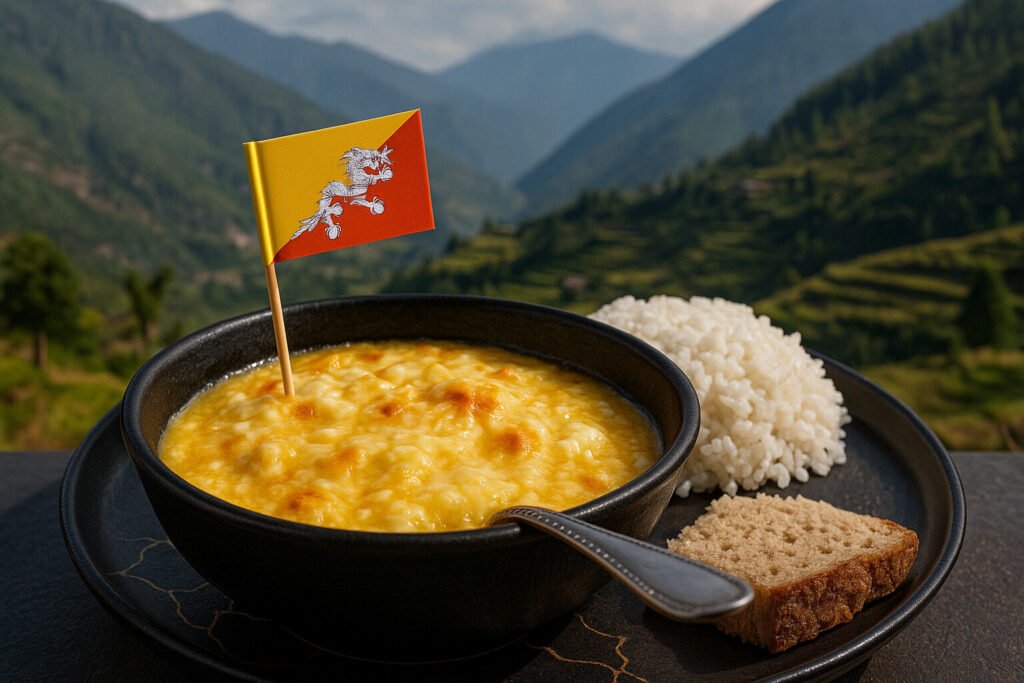Warm Serving Cheese
Definition and Scope
Warm serving cheese refers to cheeses intentionally heated before consumption to enhance their texture and flavor. This category includes varieties that transform significantly when warmed, becoming more pliable or developing richer taste profiles. The practice applies across multiple cheese families, from soft bloomy rinds to firm aged types.
Scope encompasses cheeses served melted, baked, grilled, or gently warmed. Key examples are raclette, baked brie, and fondue blends. The classification focuses on serving temperature as a defining characteristic rather than production method. It highlights cheeses that offer optimal sensory experiences when consumed above room temperature.
Production Techniques
Production begins with standard cheesemaking methods for each variety. Cheeses destined for warm service often have specific moisture and fat content targets. These parameters ensure proper melting behavior and flavor development when heated.
Special considerations include rind treatment and structural integrity. Some producers add stabilizers to prevent separation during heating. Traditional recipes may specify aging periods that optimize melting characteristics. The final product must withstand thermal processing without compromising food safety.
Sensory Profile
Warm serving cheeses develop distinct textural changes when heated. They typically transition from firm or crumbly to creamy and spreadable. Melted cheeses release aromatic compounds that enhance their overall flavor intensity.
Flavor profiles become more pronounced with heat application. Nutty notes intensify in Gruyère, while bloomy rinds develop earthier characteristics. The Maillard reaction creates savory flavors in browned surfaces. These transformations create a multisensory experience different from cold consumption.
Culinary Applications
Warm cheese service spans multiple culinary traditions and techniques. Fondue represents the classic melted application using wine or broth bases. Baking whole cheeses like camembert creates shared dining experiences with crusty bread.
Modern applications include cheese pulls in sandwiches and pizza toppings. Restaurants use specialized equipment like raclette grills for tableside service. Chefs incorporate warm cheese into sauces, soups, and gratins for enhanced richness. The versatility makes these cheeses valuable across cooking styles.
Regional Examples
Switzerland contributes foundational warm serving cheeses like raclette and fondue blends. Raclette involves heating cheese wheels and scraping melted portions onto accompaniments. These traditions date back centuries in Alpine regions where warmth provided comfort.
France offers baked brie and croûte au fromage preparations. Italian scamorza affumicata appears grilled in antipasti courses. Spanish queso de fundición serves as a tapas staple. Each region developed distinctive warm cheese presentations using local varieties and cultural preferences.
